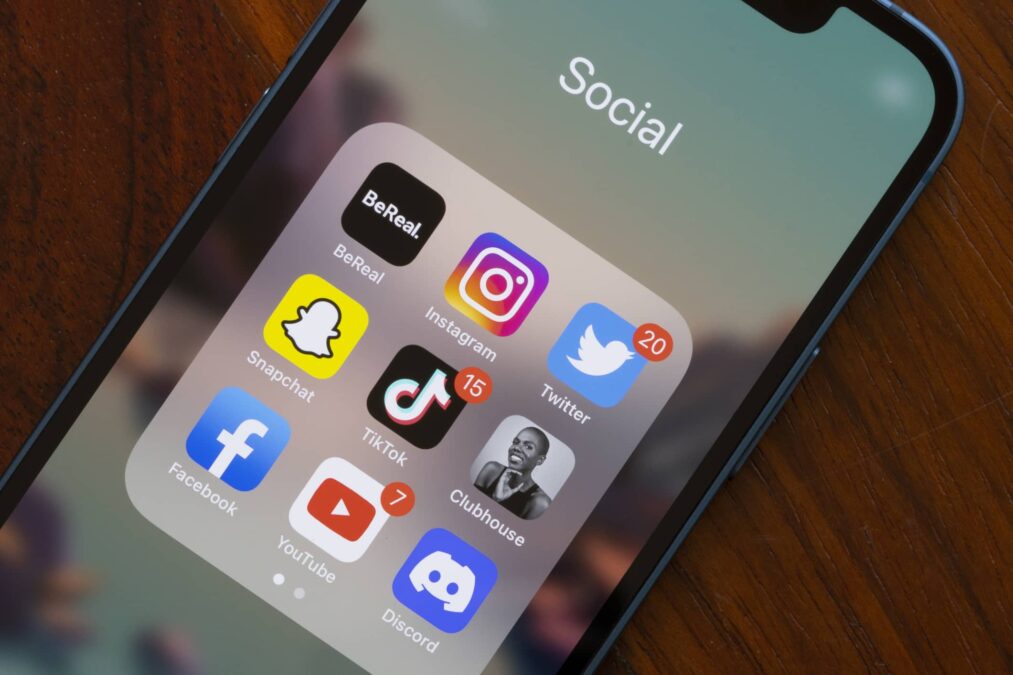As we mentioned last week, this is the second part of our discussion on raising the profile and status of your content marketing program. With the momentum that content marketing programs have gained as of late, marketers are starting to understand the substantial impact of a well-crafted content marketing program and discussing content earlier on in their communications planning. These new planning discussions highlight advanced resources and ROI expectations.
Last week’s post focused more on selling the idea of content marketing and getting buy in from those that can make it happen. This week we discuss key questions for any plan and techniques to put into play.
What are you trying to do with your content marketing program?
There are a number of digital tools that enable one to start the process of creating, publishing and promoting content. It is also important to keep in mind the numerous channels that are starved for content. One easy way to start a content marketing program is to launch a blog.
Subsequently, brands will start publishing content that might be “on brand”, but lack a clear point. What do you want the consumer to take away from the blog post? What is your call to action? You need to be able to answer these questions for every post, article, image, video, white paper or infographic your company produces.
Think of yourself as a publisher
Given the ease of online publishing, how many websites have you seen with one of the top navigation choices reading “Our Blog”. What does this mean? What value does your customer see when they see the title, “Our Blog”?
When consumers are in the early stages of searching for a brand/product, they are looking for information—either in the form of entertaining content, or informative content. Bring it forward, shine a light on it and engage the consumers with a voice that provides immediate value to your brand content. If consumers value your content, they’ll dig deeper, stay longer and sell themselves on your brand.
What’s your plan?
Media brands are leaders when it comes to influencing thought, opinion and behavior. And they all live by their editorial calendar and plan. Do you have an editorial calendar? Have you mapped out the rough content needs for the coming week, month, quarter, year? Have you mapped out content needs through the entire consumer journey? The plan will, of course, be flexible to adapt to changing business needs, or as you learn from consumer behavior with your content.
The editorial plan gives you an opportunity to look at the broader aggregate mix of content and 1) ensure it covers the breadth of potential consumer needs, 2) helps map out an efficient production workflow and 3) ensures consistence of delivery and engagement with your brand fans and consumers. If you’re seeking a great example, take a look at a news magazine. Feature articles are clearly part of a full year or partial year editorial calendar. But there is always the flexibility to adapt to a breaking story.
Quality matters
There are certainly SEO implications for quality, but let’s focus on the consumer experience. Consumers are looking online for content that entertains and informs, to help them make a decision, one that also matches their search or research query. With the deluge of UGC as well as brand content, they’ve seen it all from a quality stand point. To stand out and have your brand truly rise up to its brand pillars, quality is critical.
Production values matter
Today the average consumer has powerful tools to help them shoot amazing photographs and video, edit and distribute – all from their mobile devices. What does that mean for your brand? No consumer expects or needs TV quality video, or Pulitzer prize-winning writing, but the quality of storytelling will have an impact on your brand. A story needs to engage. It’s not enough to have a subject matter expert from your company talk or write about a subject. You need professional editing to ensure the video or writing is compelling and, most importantly, that it engages.
The quality of your content is both a production issue as well as one of substance. Simply put, substance matters. The credibility of your brand and story, both in B2C and B2B marketing, can be significantly impacted by the substance of your message and whether or not you got it right. For example, if Nike is going to feature content about a participatory sport such as running or golf, the content has to be as credible as what a consumer would find in leading magazines or on the web.
It’s not about you
This shouldn’t be news to you—if your content is packaged as a story but is actually just repackaging your product features and benefits information, you’re not creating consumer focused content with value. What your consumer wants is proof of value before you start selling. Your content should be broader about your industry/product and entirely about the consumer.
This type of content is a 100% win for the consumer and for you because you will have 1) earned the trust of the consumer and 2) sold them a product.



